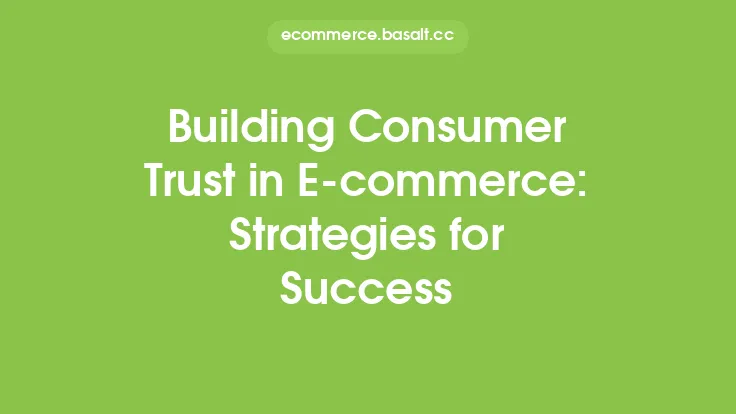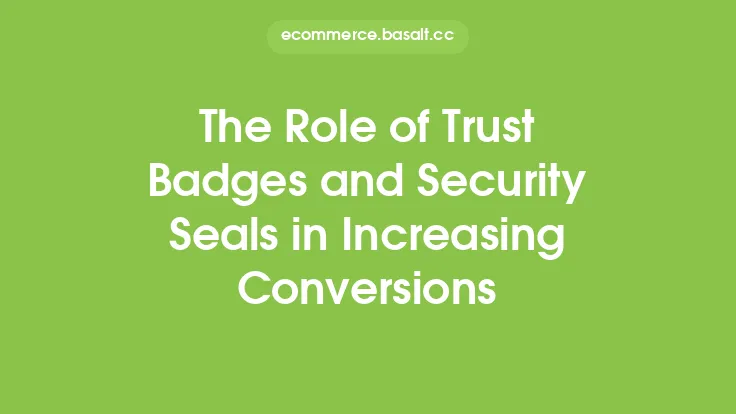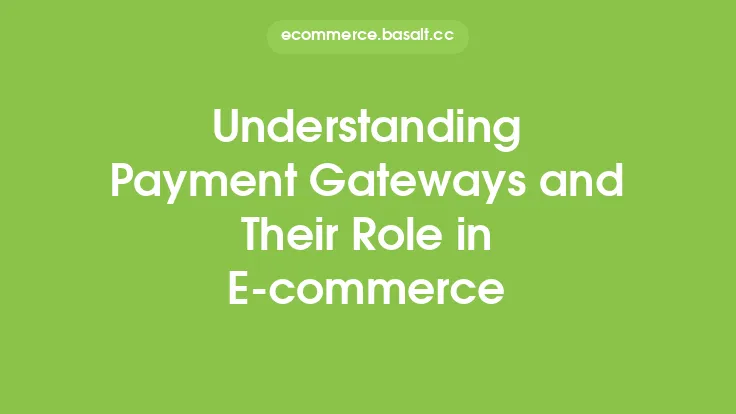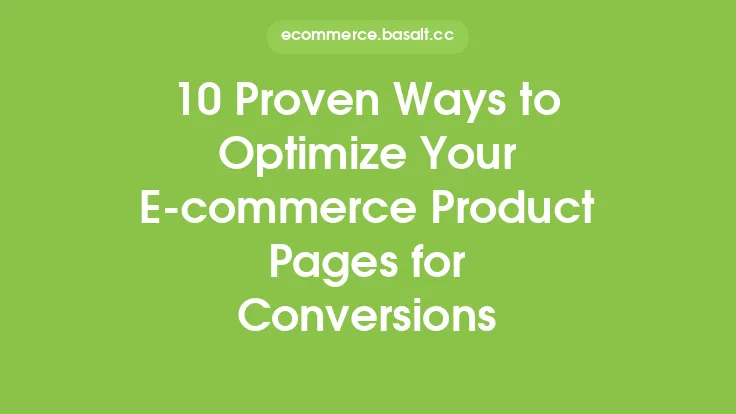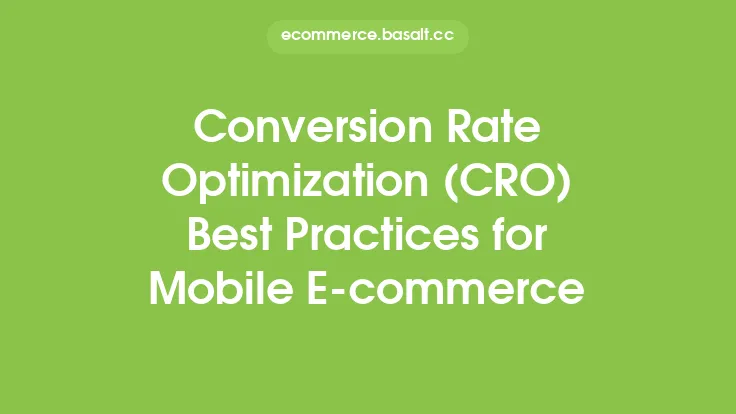In the world of e-commerce, trust is a crucial element that can make or break a business. With the rise of online shopping, consumers are becoming increasingly cautious about sharing their personal and financial information with websites they don't know or trust. This is where e-commerce trust badges and seals come into play. These visual indicators are designed to reassure customers that a website is secure, trustworthy, and compliant with industry standards. But do they really work?
What are E-commerce Trust Badges and Seals?
E-commerce trust badges and seals are graphics or logos that are displayed on a website to indicate that it has met certain standards or requirements. These badges can be issued by third-party organizations, such as security companies, industry associations, or government agencies. They can verify a range of things, including a website's security, privacy, and business practices. Some common examples of trust badges and seals include SSL certificates, payment card industry (PCI) compliance, and trust marks from organizations like TRUSTe or McAfee.
Types of E-commerce Trust Badges and Seals
There are several types of e-commerce trust badges and seals that websites can display. Some of the most common include:
- SSL certificates: These badges indicate that a website has a secure socket layer (SSL) certificate, which encrypts data transmitted between the website and its customers.
- PCI compliance badges: These badges indicate that a website is compliant with the payment card industry data security standard (PCI DSS), which is a set of rules for securing credit card information.
- Trust marks: These badges are issued by third-party organizations, such as TRUSTe or McAfee, and indicate that a website has met certain standards for security, privacy, and business practices.
- Industry-specific badges: These badges are specific to certain industries, such as healthcare or finance, and indicate that a website is compliant with industry-specific regulations and standards.
How E-commerce Trust Badges and Seals Work
E-commerce trust badges and seals work by providing a visual indicator that a website is secure and trustworthy. When a customer sees a trust badge or seal on a website, it can help to reassure them that their personal and financial information is protected. This can increase trust and confidence in the website, which can lead to higher conversion rates and increased sales. Trust badges and seals can also help to reduce cart abandonment rates, as customers are more likely to complete a purchase if they feel that the website is secure.
Benefits of E-commerce Trust Badges and Seals
There are several benefits to using e-commerce trust badges and seals on a website. Some of the most significant benefits include:
- Increased trust and confidence: Trust badges and seals can help to reassure customers that a website is secure and trustworthy, which can increase trust and confidence in the website.
- Higher conversion rates: By providing a visual indicator that a website is secure, trust badges and seals can help to increase conversion rates and drive sales.
- Reduced cart abandonment rates: Trust badges and seals can help to reduce cart abandonment rates, as customers are more likely to complete a purchase if they feel that the website is secure.
- Improved brand reputation: Displaying trust badges and seals on a website can help to improve the brand's reputation and establish it as a trusted and secure online retailer.
Best Practices for Using E-commerce Trust Badges and Seals
To get the most out of e-commerce trust badges and seals, there are several best practices that websites should follow. Some of the most important best practices include:
- Displaying trust badges and seals prominently: Trust badges and seals should be displayed prominently on a website, such as in the header or footer, to ensure that customers see them.
- Using relevant and recognized badges: Websites should use trust badges and seals that are relevant to their industry and recognized by their target audience.
- Keeping badges and seals up to date: Websites should ensure that their trust badges and seals are kept up to date, as expired or outdated badges can undermine trust and confidence.
- Using badges and seals in conjunction with other trust-building elements: Trust badges and seals should be used in conjunction with other trust-building elements, such as secure checkout processes and clear privacy policies, to create a comprehensive trust-building strategy.
Conclusion
E-commerce trust badges and seals are a powerful tool for building trust and confidence with customers. By providing a visual indicator that a website is secure and trustworthy, these badges can help to increase conversion rates, reduce cart abandonment rates, and improve brand reputation. By understanding the different types of trust badges and seals, how they work, and the benefits they provide, websites can use these tools to establish themselves as trusted and secure online retailers. By following best practices for using trust badges and seals, websites can get the most out of these tools and create a comprehensive trust-building strategy that drives sales and growth.
